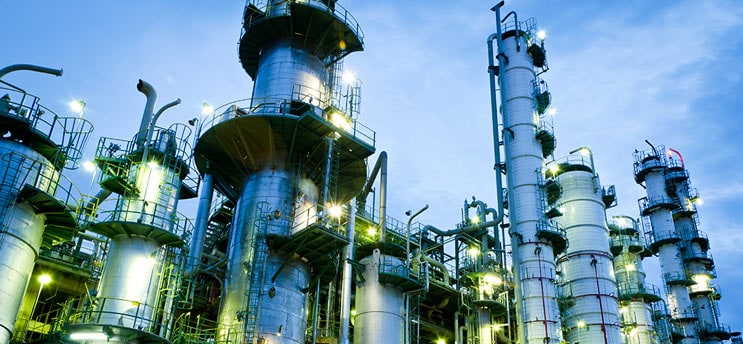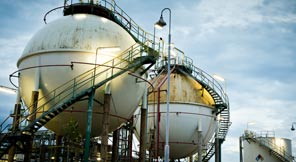Efficient Membrane Separation
Novel zeolitic imidazolate framework membranes for separation of C2 and C3+ hydrocarbons.

The separation of propylene/propane mixtures is one of the most important processes in the petrochemical industry.
Indeed, C2 and C3 are the largest hydrocarbons used after methane. Their production by current gas separation processes remains challenging because of high costs resulting from the energy consumption.
This invention involves the making of a new type of Zeolitic Imidazolate Frameworks Membranes and using them for C2 and C3+ hydrocarbons separation. Not only can these membrane technologies provide a green, energy-efficient and cost-efficient separation processes, but they can also achieve effective separation of C2/C3 mixtures which has never been reported.
The scale-up of this invention will offer a most needed solution to petrochemicals and gas separation industries.
Technology Summary
These membranes have been invented by the Inorganic Membranes Research group at KAUST led by Prof. Zhiping Lai. They represent a series of hybrid inorganicorganic membranes and pure inorganic membranes that are efficient in separating different hydrocarbon gas mixtures.
How It Works
These membranes are made of Zeolitic Imidazolate Frameworks (ZIFs), which are a novel type of crystalline microporous materials. ZIFs are structurally equivalent to zeolites and/or other crystalline materials, but with different building blocks. These types of materials typically have pore sizes of less than 2 nm. Their regular pore structure enables them to differentiate gas molecules based on their molecular size.
ZIFs in this technology are developed and functionalized to be effective and stable membranes for gas separations, either in powder form or in a continuous membrane form.
Preferably, the stream to be separated is fed to the present process in a substantially gaseous phase.
The process in this invention can separate C2- hydrocarbons (e.g. hydrogen, methane, ethane, and ethylene, etc.) from C3+ hydrocarbons (e.g. propane, propylene, butane, butylene, isobutene, etc.).
Why It Is Better
The membrane is prepared from one of the most stable ZIF materials by a simple seeded growth method in mild conditions. The membrane showed excellent separation performances for a wide range of propylene/propane mixtures.
The membrane showed a permeance of propylene up to 200 GPU and a propylene to propane separation factor up to 80 at optimal separation conditions, well surpassing the “upper-bound trade-off’ lines of existing polymer and carbon membranes. The experimental data also showed that the membranes had excellent reproducibility, long-term durability and thermal stability.
IP Protection
KAUST has an issued patent US 13/709,155 for this technology.
Invention Track Code
2011-060

Benefits
- Stable and robust separation system, compared to existing polymeric membranes
- Up to 80% energy saving, compared to existing gas separation processes
- Easy to operate and maintain, compared to existing gas separation processes
- Cost effective in both the membrane synthesis method and the gas separation process

Applications
The developed membranes are a high potential technology for:
- Petrochemicals industry
- Gas separation industry
- Membranes manufacturers
